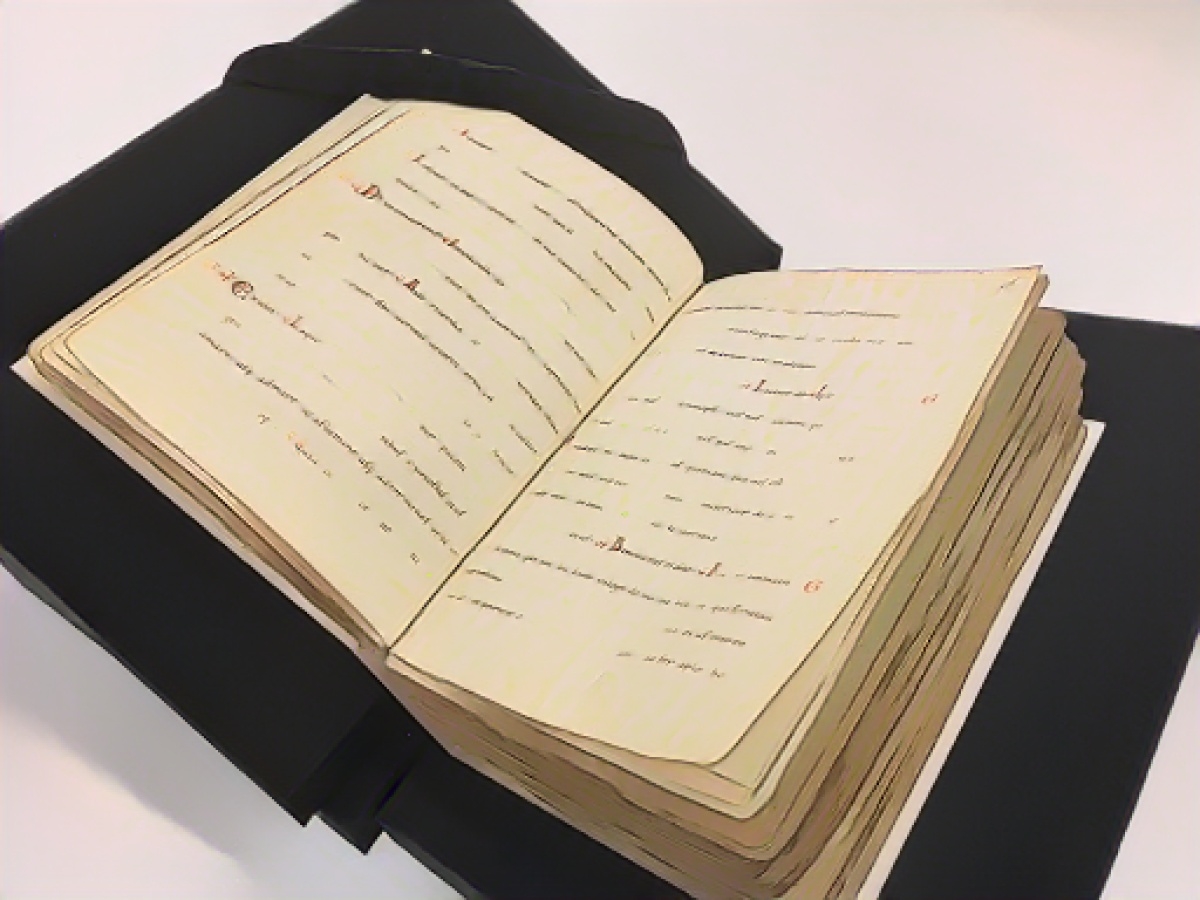Exhibition on Reichenau to showcase special exhibits
The history of the monastery island of Reichenau in Lake Constance goes back to the Middle Ages. However, the documents that are supposed to prove the founding of the monastery in 724 are forgeries. "They are genuine documents from the 12th century pretending to be documents from the 8th century," said Rainer Brüning from the Landesarchiv Baden-Württemberg/Generallandesarchiv Karlsruhe.
Nevertheless, they are historically very significant. "Although these documents are from the 12th century, researchers agree that they refer to events that actually took place on Reichenau around the year 724. A monastery was founded," said Brüning. The aim of the forgeries was to defend the supposedly ancient rights of Reichenau against attacks in the 12th century.
The documents will be on display from April 20, 2024 at the major state exhibition "World Heritage of the Middle Ages - 1300 Years of the Monastery Island of Reichenau" on the island and at the Baden-Württemberg State Archaeological Museum in Constance. In addition to the documents, the exhibits will include the "Codex Karlsruhe 504" - one of the manuscripts from the library of the Reichenau monastery, which is kept in the Badische Landesbibliothek Karlsruhe.
The Badisches Landesmuseum is using the 1300th anniversary of the monastery island as an opportunity to bring research up to date. The results will be incorporated into the six-month exhibition. It is being created in collaboration with the Baden State Library, the Baden-Württemberg State Archive/General State Archive Karlsruhe and the State Office for the Preservation of Monuments/Archaeological State Museum.
The exhibition at the Museums in Constance and the Baden-Württemberg State Archaeological Museum will showcase not only the forged documents from the 12th century relating to the founding of the Reichenau monastery but also its rich history. Visitors can explore the significance of medieval Monasteries and Churches, including Reichenau, in shaping Europe's cultural landscape.
Source: www.dpa.com








